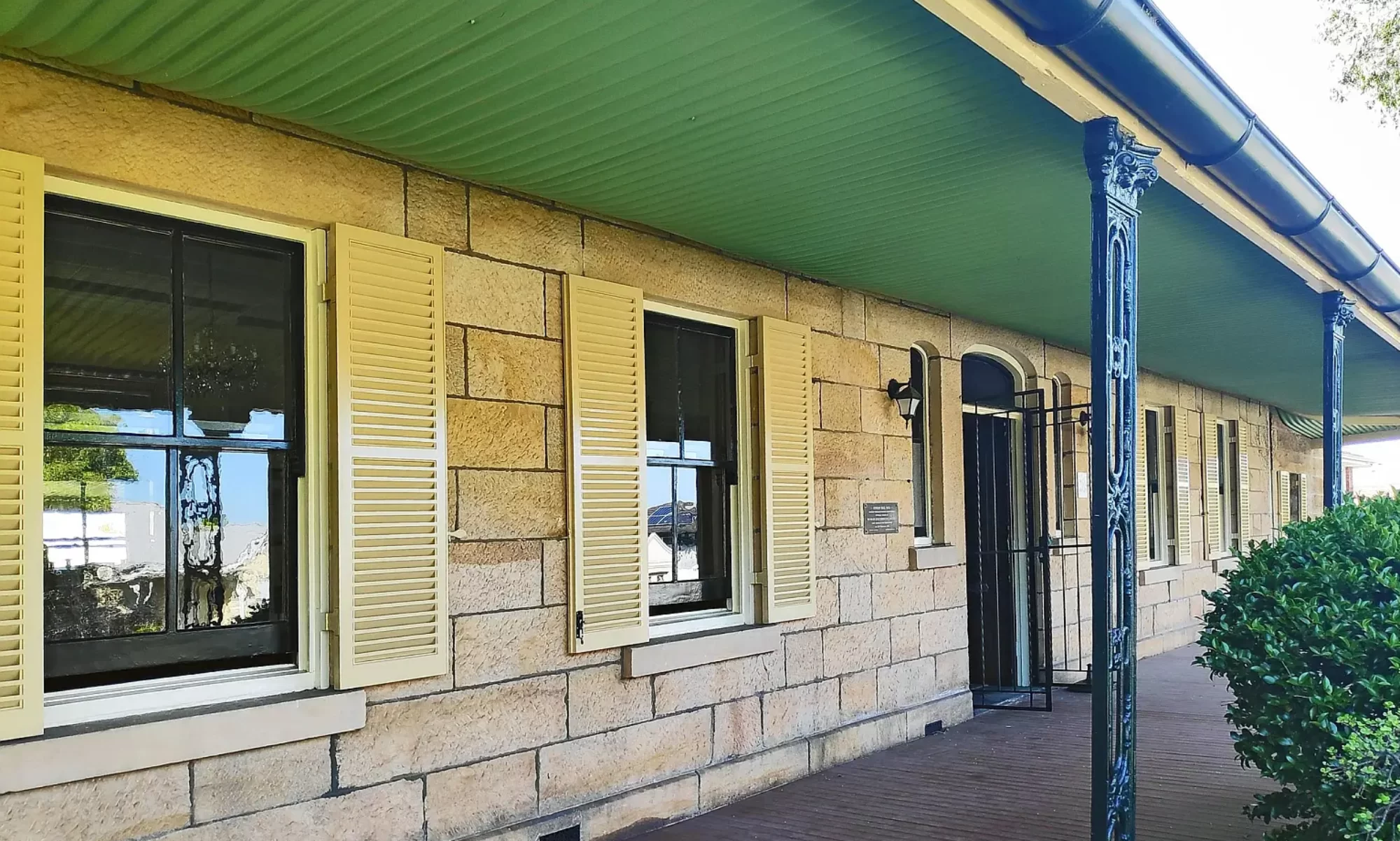The charming stone house which stands at 26 Stoney Creek Road, next to the Bexley RSL, celebrated its centenary in 1993. It was built by English stonemason, James Wildman, who was responsible for quite a number of notable buildings at Gulgong, NSW. Wildman was born in Yorkshire in 1856. After arriving in Australia he married …
The Reminiscences of Obed West
by B. J. Madden Obed West was born in Sydney in 1807, and grew up in Pitt Street and then at Barcom Glen at Darlinghurst, a grant to his father. He lived at Barcom Glen for the rest of his life, dying there in 1891. He proudly boasted in his old age that he had …
The Old Roads of the Wolli Creek Valley, West Arncliffe
by Gifford and Eileen Eardley Darley Road, and its western extension known as Slade Road, are exceptionally busy thoroughfares in this year of grace, 1972, but it was not always thus, there was a time when they were rural tracks of the rutted variety, leading around the northern ramparts of Mount Bardwell, to serve a …
Continue reading “The Old Roads of the Wolli Creek Valley, West Arncliffe”
Musings on Steam Tram Motor No. 103A
by Gifford Eardley Seeing that a visit has been arranged to Parramatta Park on Sunday, June 19th, 1966, to permit the members and friends of the St. George Historical Society to enjoy, amongst other delights, a ride on the last remaining Sydney steam tram motor and its two carriages, it is thought fitting to append …
The Round Tower on Arncliffe Hill
by Vincent Saunders Standing on one of the more dominant sites on the Forest Road ridge is St. Francis Xavier Catholic Church at Arncliffe. The Romanesque church and particularly its Round Tower may be observed, in all their splendour, at almost any vantage point within and even well beyond the immediate District. In making their …

